Two weeks ago, I attended an event hosted by Hasselblad USA at Silverline Studios in downtown Toronto. For those of you that don’t know, Hasselblad is arguably the Lamborghini of still cameras. They manufacture high quality medium format cameras for professional photography and back before digital became mainstream, many wedding photographers used the Hasselblad camera system for their wedding and portrait photography.
Nowadays, Hasselblad produce top notch digital image capture systems that reign the high resolution market. Hasselblad, BronColor and SanDisk toured USA and Canada for a hands-on and educational photographic event – focal [point] 2010. They invited professional photographers to come out and try their new H4D camera, which comes in 31, 40, 50 and 60 megapixel versions.
I have some experience with the last generation of Hasselblad digital cameras, having used the H3D-39 in the past. The H4D has got some pretty cool new features. For me, the biggest new feature is their TrueFocus technology. From my experience with the H3D, my biggest complaint was the autofocus system. Since the Hasselblad only have one slow autofocus point in the center of the frame, using it can be a hassle sometimes. The new TrueFocus system is fast and the best thing about it is once you autofocus on your subject, as you recompose your shot, the camera calculates your physical movements and adjusts your focus accordingly. This gave me tack sharp results everytime! My shooting style is quick and with my trial of the H4D at the event, the camera can surely focus quickly and accurately.
We all got a chance to try out the camera and then view the images on iMacs in Phocus, Hasselblad’s software for processing RAW images
The photos were absolutely stunning on the iMacs. Images were tack sharp and detailed. Tones rendered nicely and the resolution was mind blowing. The screen on the back of the camera has also improved since the H3D. Kirsten Visima, a Toronto freelance model was our model for the day.
I took a series of images with the H4D-50 and my Nikon D3 for comparison. The following are 100% crops of some of my test photos. All photos are unsharpened. D3 photos are converted into JPEG with Aperture 3 and the H4D photos are converted with Phocus.
H4D-50 with 80mm lens
100% crop
H4D-50 with 150mm lens
100% crop
As you can clearly see, photos are extremely sharp and detailed. It is especially evident when compared to my Nikon D3. The Nikon D3 was Nikon’s flagship camera back in 2008.
Nikon D3 with 24-70mm f/2.8 lens
100% crop
Nikon D3 with AF-D 50mm f/1.4 lens
100% crop
Evidently, out of camera photos are less sharp and defined on the D3. This is due to the physically much smaller sensor. These web samples actually do not do the Hasselblad files justice, since they are not as sharp and detailed after I resized them for web.
This sort of result is expected though, since the H4D retails for over five times the price of the Nikon D3, coming in at a whopping $36,000 CDN for the body only. There is also a 38 megapixel difference between the two cameras.
The H4D is a great new option to the slowly growing digital medium format market, but unless you need the ability to enlarge your photos with the best quality possible, you do not really need to spend more money on a camera than a basic new car. The camera is slow (due to its large file sizes) and not as durable and portable as digital SLR cameras. For those of you interested in this camera or would like to use it for a special assignment, Headshots Rentals has them for daily or weekly rental. Keep in mind that this camera is not for everyone, and just because you use a Hasselblad, doesn’t mean you will make nice photographs. Here’s an interesting video I found of world renowned photographer Steve McCurry using the H4D in the field. Enjoy!

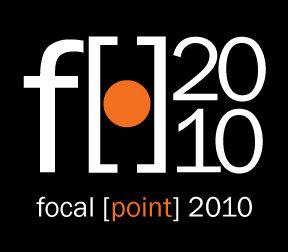
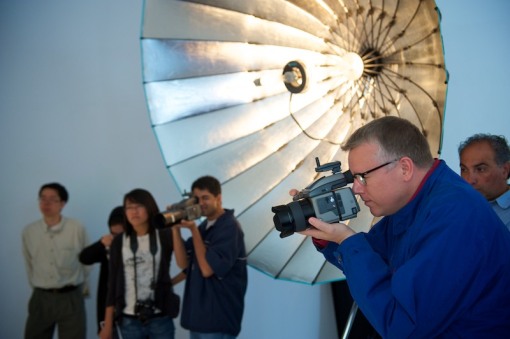

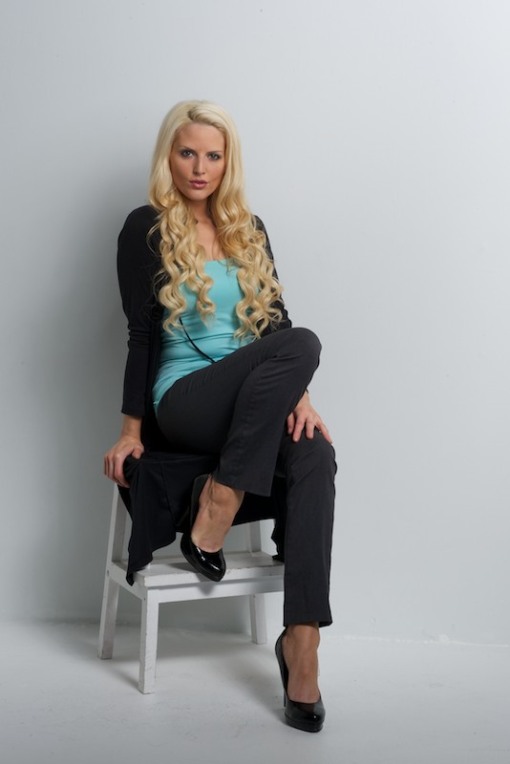
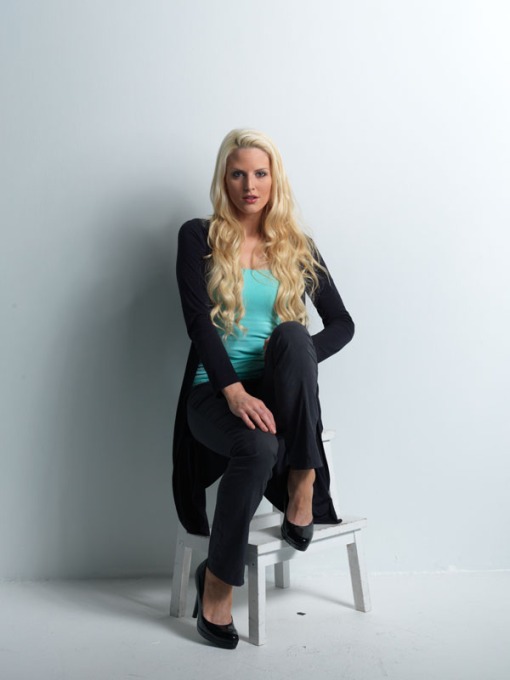
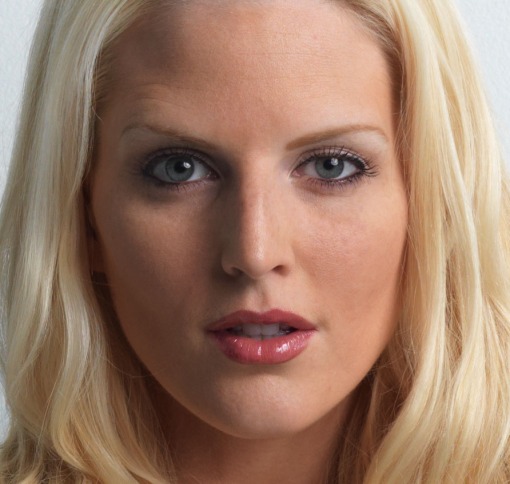



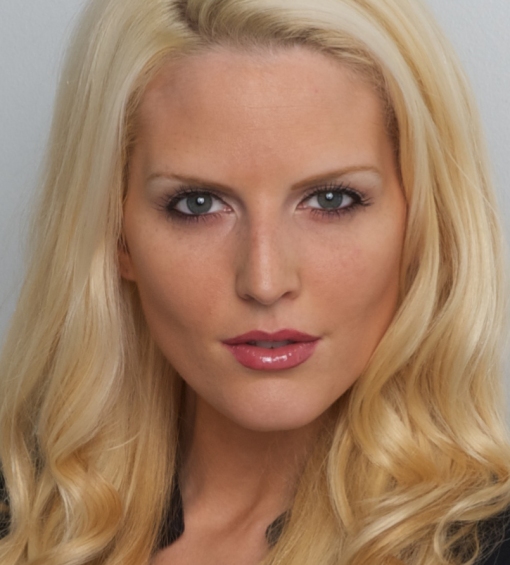




One Comment
Very good account of the event, Kelvin. I was also there, and agree with just about everything you’ve noted. This was a fascinating introduction to the H4D series and also the Hasselblad Phocus software. Together they are a formidable imaging system. I appreciated the technical presentations too. I’m a self-taught landscape and nature photographer, and hadn’t had the chance to experience the studio environment either. I’m going to try a rental of one of these cameras in the new year for fun, but for now am going to continue using my old 500C/M for my art, unless the proverbial lottery win drops into my lap. Kirsten Visima was also a very good sport in all of this! I felt a little awkward giving direction to her – she took all of it in stride. Thanks for the post.